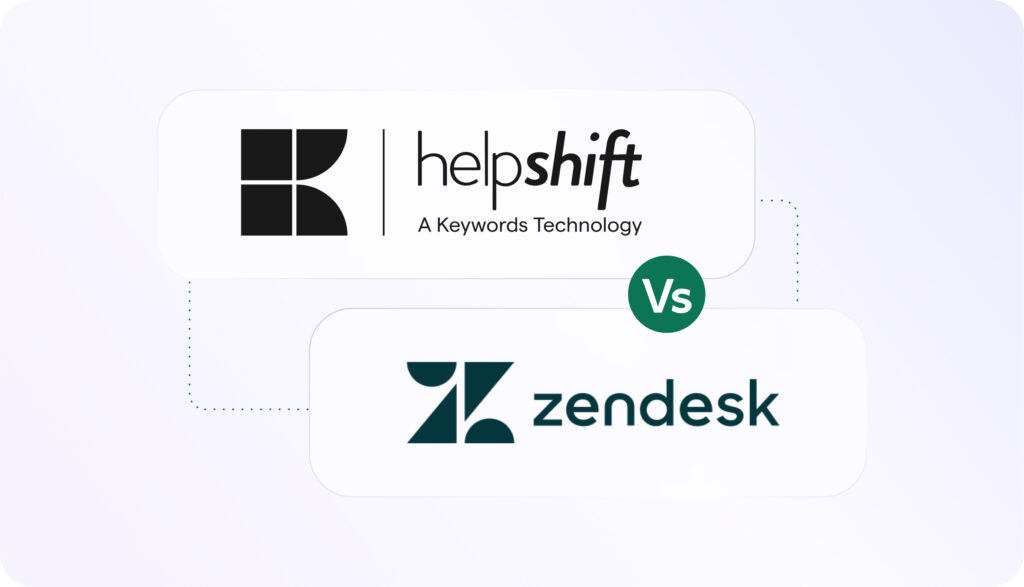You’ve probably heard the term “digital transformation” all over the internet. What is digital transformation? Why is it important? And how can your company get started with it?
We’ll answer those questions below.
What Is Digital Transformation?
In CIO, Clint Boulton defines digital transformation as “the implementation of new technologies, talent, and processes to improve business operations and satisfy customers, a foundational change in how an organization delivers value to its customers”. By definition, then, a business that’s already utilizing things like omnichannel, design thinking, and data-driven decision-making doesn’t need to be digitally transformed; it’s already been built for today’s digital world. Existing companies that are using legacy processes, methods, and technology, on the other hand, are very much in need of digital transformation.
What Is the Difference Between Digital Transformation and Digitization?
Is digital transformation the same as digitization? No. Digitization is simply the process of switching from paper-based to digital information management; it’s akin to the move from paper medical records to electronic medical records. With digitization, you’re using technology to improve an existing task or process; with digital transformation, you’re re-evaluating the processes themselves.
Why Is Digital Transformation Important?
Customers’ expectations have changed rapidly, as has the technology that’s now available to businesses. This has combined to enable new platforms, opportunities, and business models that simply didn’t exist 10 or 20 years ago.
Digital transformation not only opens up these possibilities, but it also allows businesses to meet the needs of their customers – needs that include speed, choice, personalization, and transparency. It puts the customer at the heart of every decision and transaction. Soon, this won’t be the gold standard of customer experience. It will be the basic standard.
How to Get Started with Digital Transformation
Digital transformation isn’t limited to customer-facing departments like sales, marketing, product, and customer service. It’s at the heart of organizational structure. The actual transformation process will depend on your company, offering, etc. But the following three areas are key to any digital transformation efforts.
Technology
Technology is the backbone of the digital world, and it shares a similar function for digital transformation. Whatever tech stack you choose should not only support your endeavors, it should also support your employees by being user-friendly and efficient.
People
Digital transformation is customer-centric, but it should also be beneficial for employees.
It’s no coincidence that companies that achieve great customer engagement and satisfaction often inspire great loyalty and satisfaction in their employees. Some of this is a simple carry-over effect: happier employees generally create more positive interactions.
Thus, digital transformation should not only make employees’ jobs more efficient (and enjoyable), the change itself should be welcomed. This will not happen automatically; few human beings like change for change’s sake. But if you clearly communicate what is being done and why, it will be easier for employees to get behind the idea. There may also be some reassurance needed regarding job safety. And there certainly will be training required if new technologies and tools are rolled out. Even so, investing in your employees will quickly pay off.
Processes
Finally, we come to process. Keeping a process “because this is how we’ve always done it” is not wise; neither is adopting a new process simply because it works for some other organization. Again, we can’t give detailed advice here, but we can say this: Examine your processes with your customer in mind. If you can, find ways to make the process more efficient, effective, or targeted. If you must, develop new processes to meet emerging customer needs.
The Relationship Between Customer Experience and Digital Transformation
Customer experience and digital transformation belong together; one can’t really exist without the other. An effective customer experience will rely on companies utilizing digital transformation to meet customer needs. And digital transformation (when done correctly) powers a great customer experience. When you add in customer service – both in the form of insights gained from frontline workers and in terms of incoming customer data – this becomes a powerful tool indeed.
Helpshift modernizes and optimizes the customer service process. Helpshift help bots streamline the process flow, automating issue routing and providing solutions to common issues. This not only saves agent time, allowing them to focus on higher value tasks, but it also empowers customers to self-serve – leading to faster resolutions and more satisfactory experiences. Meanwhile, chatbots allow companies to interact with customers promptly and shorten wait times. It also enables companies to use digital channels to connect with customers, which provides a more holistic experience.
Related links
Glossary: What is Automated Customer Service?
Product: Help Bot Automated Customer Service



